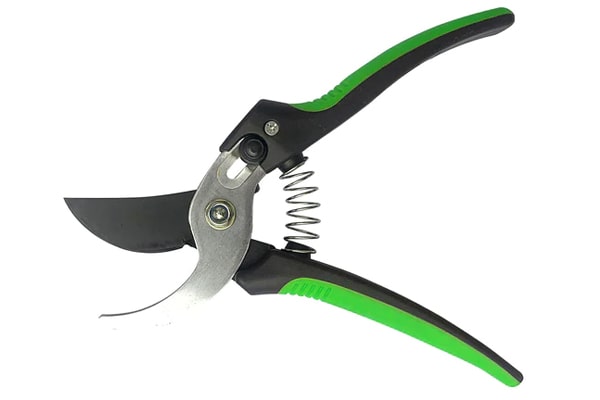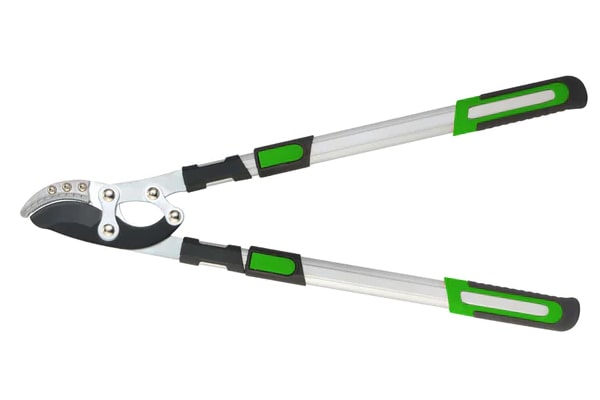Pruning is essential for plant health because it encourages new growth, improves air circulation, removes deadwood that may spread diseases and pests, and maintains the shape of the plants. Pruning can be done in different seasons, like the summer and winter seasons. That said, the timing has to be just right because pruning at different times of the year can affect the health of your garden.
Contents []
What is the difference between summer and winter pruning?

Two seasons that are best for pruning are the summer and winter seasons. Because of the temperature differences, some plants are better when pruned at a particular season:
Summer Pruning: When you’re pruning in the summer, you’re trimming plants while they are in full growth or, perhaps, even bearing fruits and flowers. Pruning in the summer is done for various reasons; usually, it’s to:
- Restrict the growth of over-vigorous shrubs and trees
- Promote fruiting or flowering the following year
- Reduce the spread of pests and diseases
Pruning in the summer helps divert the plants’ energy to bearing more fruits or flowers instead of growing new branches or foliage. Trimming back dense foliage and branches helps restrict the growth of quick-growing trees and shrubs. Some plants, like damson, plum, apple, pear, and cherry trees, will benefit more from summer than winter pruning.
Plant diseases are at an all-time high during summer, and pruning helps minimize the risk of cross-contamination by eliminating diseased deadwood. Also, pruning in the summer gives the plants enough time to heal from the cuts, preventing cool-season plant diseases from affecting the garden.
Winter Pruning: When you’re pruning in the winter season, you’re trimming plants when they are dormant. Their leaves have fallen off, so you can see the plant’s skeleton form, making it easier to determine what areas need to be trimmed. Winter season pruning is often done to:
- Remove safety hazards
- Trim trees and bushes to size
- Boost foliage growth
Because you can see the actual form of the trees and shrubs without their leaves, you can tell which areas will become a safety hazard and eliminate these quickly. It’s also easier to determine the shape of the plants when pruning in the winter because the leaves have fallen. Winter pruning is ideal for the significant trimming of big trees and shrubs. Plants can recover quickly from pruning when they are dormant.
When plants are trimmed in the winter season, their energy is more focused on fruit and flower bearing come springtime. This means come spring season, you can expect more fruits and flowers from your favorite summer plants. Overgrown deciduous shrubs are best pruned during the winter season, along with Japanese maple, birch trees, and trees that tend to “bleed” when cut.
What season is best for pruning?
Between summer and winter pruning, the latter is the best time to prune trees and shrubs. Plants recover much faster when trimmed in the winter season because they lie dormant in cold weather. The cold weather also inhibits the spread of pests and diseases, which makes winter pruning much safer than summer pruning. Ideally, prune plants between November to March, when most trees have lost their foliage and are dormant.
What are the four types of pruning?
There are four different types of pruning methods. These are cleaning, thinning, raising, and reduction.
Cleaning: Cutting back the dead, dying, diseased, weak, crowded, and low-vigor branches from the top or crown of the plant.
Thinning: This method helps boost light penetration and improve air circulation through the plant’s crown. Selective removal of branches minimizes weight on heavy branches while maintaining the plant’s natural shape.
Raising: Cutting back the dense lower branches of a tree to give way for structures, pedestrians, and vehicles.
Reduction: This pruning method minimizes the spread or height of the tree. The tree could have dense, overspreading foliage or branches that could become a safety hazard during storms or when the branches reach electrical posts. Reduction boosts air circulation, improves sunlight penetration, and reduces wind resistance.
What plants should not be pruned in winter?

Many plants and trees will benefit from winter pruning, but some must be left alone during the cold winter months. These plants are:
- Lilacs
- Clematis
- Jasmine
- Honeysuckle
- Rosemary
- Lavender
- Rhododendron
- Forsythia
- Magnolias
- Dogwoods
- Cherry trees
- Pear Trees
- Maples
- Azaleas
Some rose varieties should be left alone during the winter season too. It’s best to wait until early the following year to remove overgrowth to ensure maximum fruit and flower generation during the growing season.
Best Pruning Tools
What pruning tools to invest in? Below are the three essential pruning tools every gardener should have:

Secateurs: AKA hand pruners, secateurs are best for cutting dead, dying, or delicate plant stems. It’s an excellent tool for maintaining a plant’s shape and promoting healthy foliage growth. Secateurs are versatile, comfortable, and easy to use. Choose lightweight yet heavy-duty secateurs made with rust-resistant blades and ergonomically designed handles.

Loppers: AKA long-reach pruner, loppers feature a pair of long handles and durable bypass blades for cutting thick branches of trees and shrubs. The long blade enables you to cut 3 to 4 inches of branches at a height without losing your balance. Some loppers have adjustable handles, while others are not.

Pruning shears: Pruning shears are designed to cut hedges, shrubs, and bushes into shape. It features two long blades and short handles. Pruning shears are ideal for cutting thick vegetation and dense foliage.
Pruning is essential in maintaining the garden’s health and appearance. Of course, having all the right tools for pruning is equally important. Pruning tools like pruning shears, loppers, and hand pruners minimize the trauma of pruning, so plants heal faster. Complete your pruning arsenal by shopping here and enjoy amazing deals on essential gardening tools!



